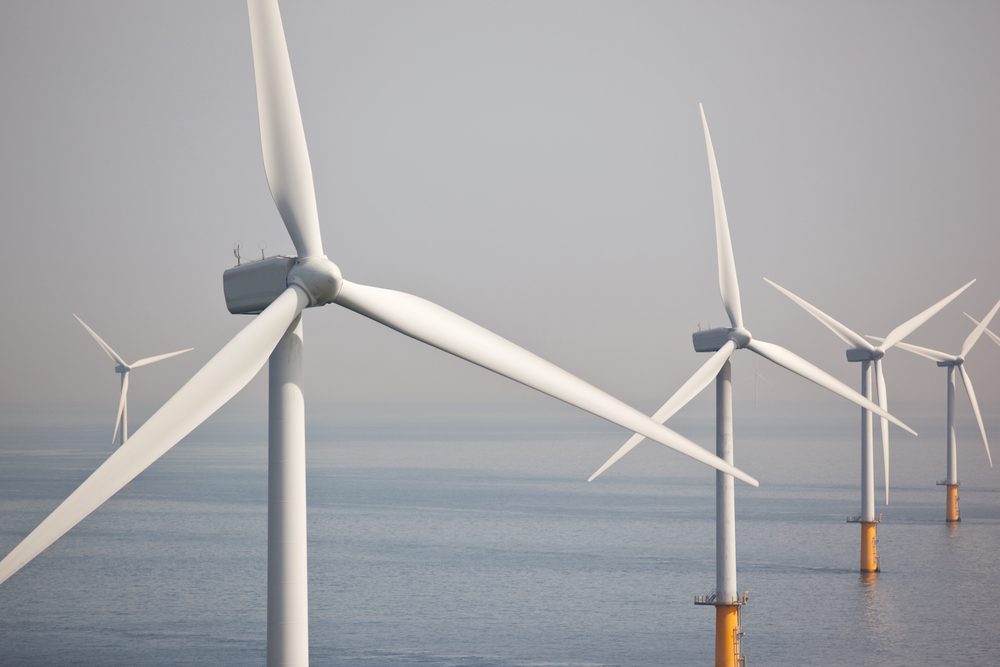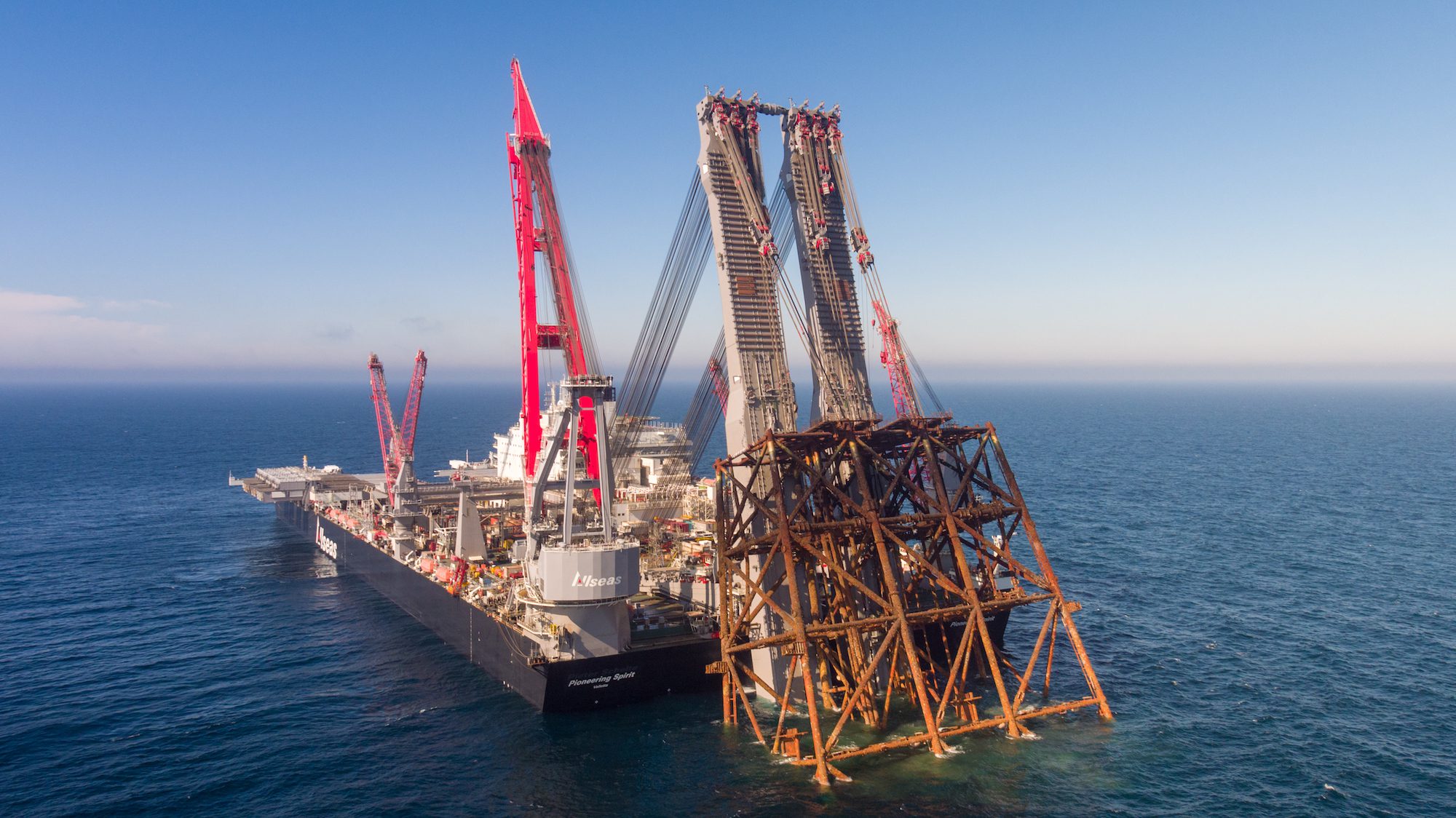Massachusetts and Rhode Island have jointly announced a groundbreaking selection of 2,878 megawatts (MW) of offshore wind projects in their first coordinated procurement, marking a significant milestone in New England’s clean energy transition.
Massachusetts, leading the initiative, has selected 2,678 MW from three projects: 1,087 MW from SouthCoast Wind, 791 MW from New England Wind 1, and up to 800 MW from Vineyard Wind 2. The selection represents nearly 20% of Massachusetts’ overall electric demand and is expected to power over 1.4 million homes while reducing carbon emissions equivalent to removing one million gas-powered cars from the road.
Governor Maura Healey emphasized the scale of the initiative, stating, “Simply put, we are going big. This selection is New England’s and Massachusetts’ largest offshore wind selection to date. We’ll power 1.4 million more Massachusetts homes with clean, renewable energy, create thousands of good, union jobs, and generate billions of dollars in economic activity.”
The projects are set to create thousands of jobs and stimulate significant economic activity in the region. For instance, the SouthCoast Wind project alone is expected to provide 3,915 high-paying jobs in Massachusetts and Rhode Island. All selected projects will utilize Project Labor Agreements and invest in the regional economy.
Rhode Island Governor Dan McKee highlighted the regional collaboration, saying, “Together with Massachusetts, we are setting a precedent for regional collaboration in clean energy and advancing a sustainable, resilient future.”
This procurement is a crucial step towards Massachusetts’ goal of procuring 5,600 MW of offshore wind by 2027 and Rhode Island’s commitment to a 100% renewable energy standard by 2033. It also aligns with broader federal clean energy initiatives, as noted by White House National Climate Advisor Ali Zaidi.
As the projects move forward, both states will begin contract negotiations with the selected developers and work on agreements to ensure economic development and environmental commitments are met.

 Join The Club
Join The Club










